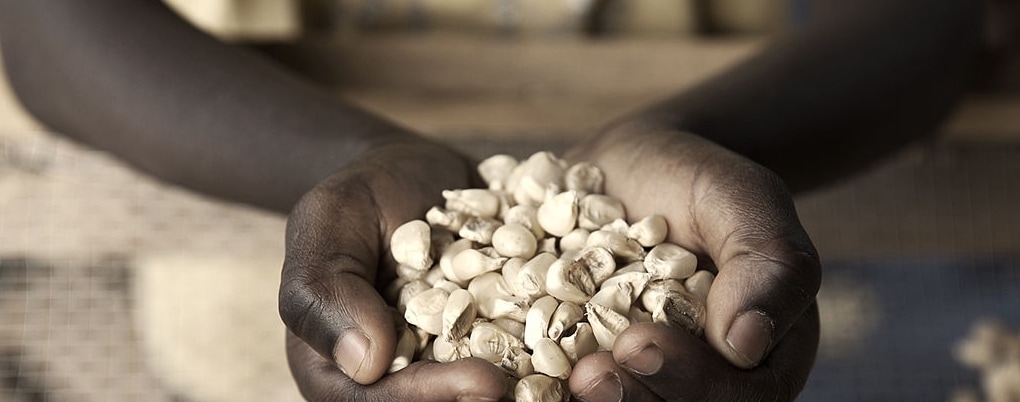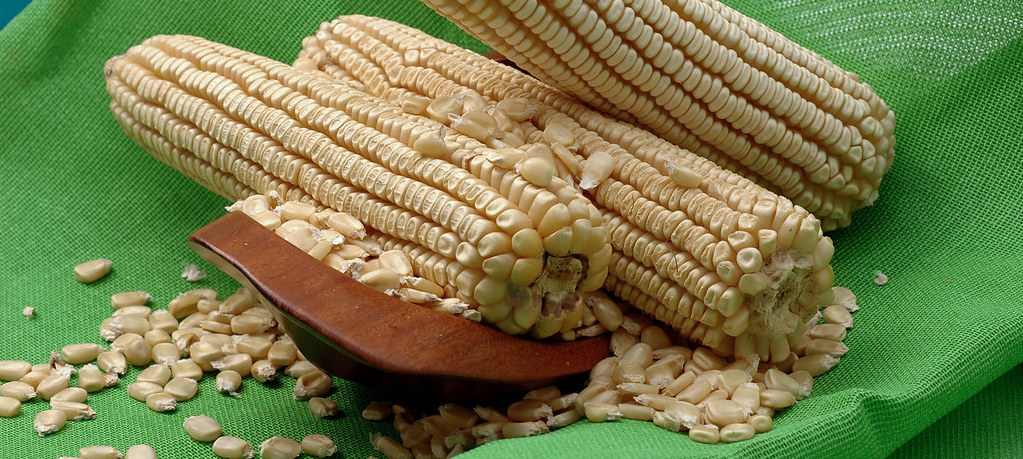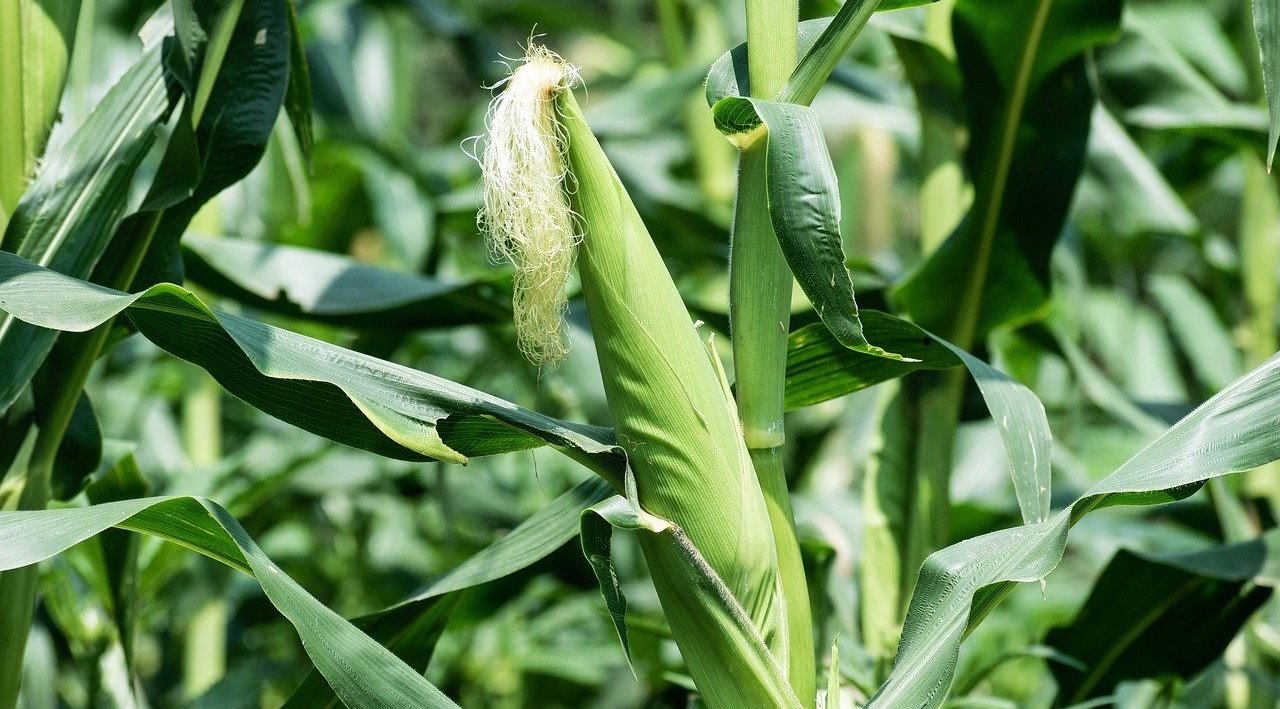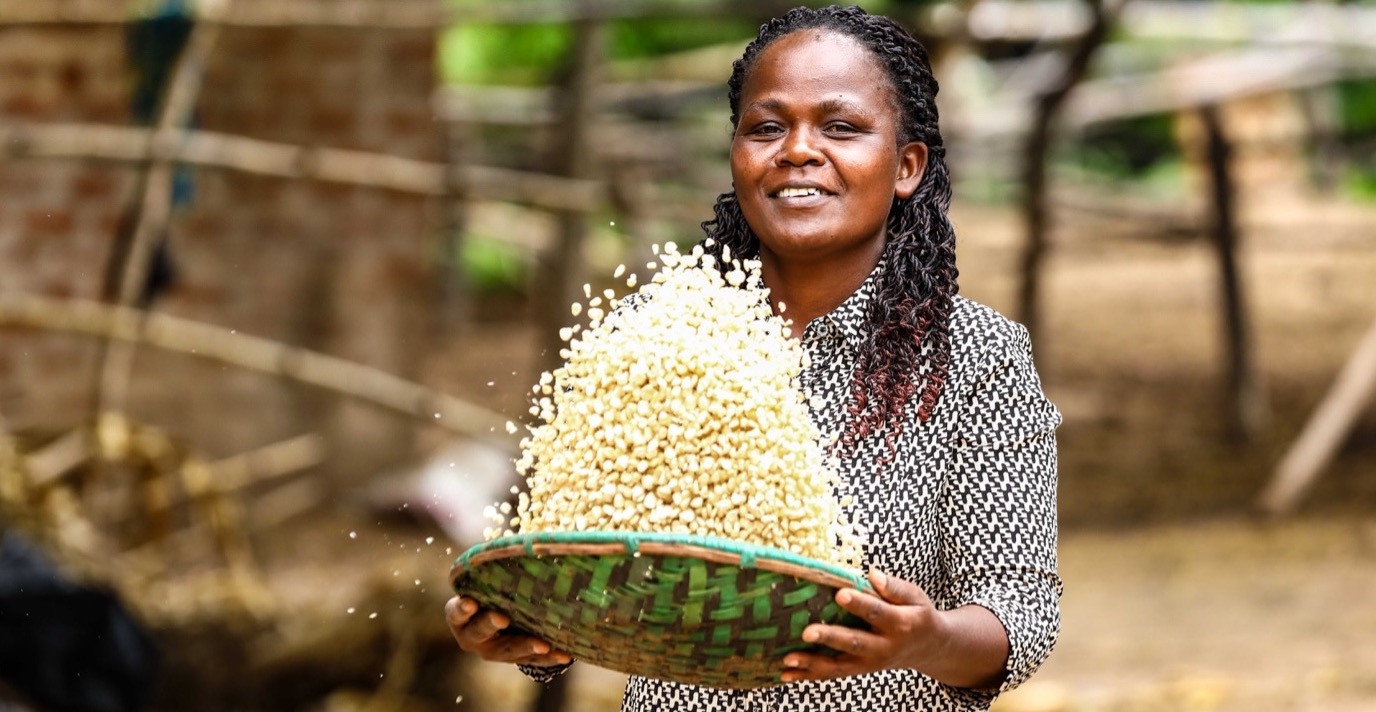Francis Muteti, a farmer tending to his crop. Photo: CGA
Farmers who adopt modern farming practices, watch their production increase
One of the biggest challenges to the smallholder farmers in Makueni County is, lack of appropriate knowledge and skills in farming which has resulted to land degradation and declining soil fertility hence increasing the vulnerability of the land to soil erosion. Unfortunately, traditional or conventional farming methods do little to facilitate restoration of soil to its original state. The result is frequent crop failure and less income for the farmers.
To address the problem, AGRA’s Regenerative Agriculture project implemented by the Cereal Growers Association (CGA), has trained over 14,005 smallholder farmers through the Village Based Advisors (VBAs).
Francis Muteti Nzyoku, a 50-year-old father of three and farmer from Mulala Ward, Kibwezi West Sub- County, Makueni County depends on agriculture as a source of income to take care of his family. He learned everything from his father, using the same untenable conventional agricultural practices.
“I lacked proper farming skills, used traditional farming method. I planted poor quality seeds and didn’t know that I can grow more food in a small area,” says Muteti.
In September 2020, Mr. Muteti joined AGRA’s Regenerative Agriculture project, being among the over 14,005 other farmers to learn about regenerative agriculture and climate smart agricultural practices (CSA) and technologies that do not lead to soil degradation and loss of forest cover but reduce soil erosion, preserve soil moisture and give the topsoil the texture of a virgin fertile arable land that promises to increase production and restore soil fertility.
Through Sylvester Wambua, one of the 114 Village Based Advisors (VBAs) identified and trained by CGA in collaboration with the government of Makueni County on regenerative agriculture, Muteti attended weekly training sessions conducted by the VBA as well as hands-on field demonstrations through a mother demo plot established by the VBA. He learnt better farm practices such as, minimum soil disturbance kind of land preparation, timely planting, proper spacing, crop rotation, mulching, intercropping of cereal and pulses that fix nitrogen into the soil, conservation agriculture and organic way of controlling fall army worm through the push and pull technique.
To make sure the new knowledge is put into practice, Muteti received certified small pack seeds with the help of the VBA from the input suppliers and later established a baby demo farm in which he adopted a number of RA and CSA practices such as the use of farm yard manure, organic mulch, spacing, minimum tillage and intercropping. He has also improved his farm with better practices such as agroforestry, crop rotation, intercropping and the use of soil and water conservation structures, mainly terraces.
“In the past, I used to plant maize only, but with the training on RA and CSA practices and technologies, the previous season, I intercropped pigeon peas and maize, this season I have practiced crop rotation and intercropped maize with cowpeas and beans,” says Muteti.
Muteti has also adopted organic farming to control fall army worm through the use of bracharia grass and desmodium legume as intercrops in maize, a technique called ‘push and pull’.
Through the technique, desmodium is planted in between the rows of maize. It produces an odour smell that fall army worm do not like. The smell ‘pushes’ away the fall armyworm from the maize crop. On the other hand, bracharia grass is planted around the maize crop as a trap plant. Bracharia grass is more attractive to the army worm than maize and it ‘pulls’ the fall army worm to eat whereby it develops constipation and dies.
Six months later, to his surprise, Muteti’s yield increased from 4 bags in his two-acre farm to 15 bags. “Before the intervention of CGA, I would only harvest 3-4 bags of maize in my two acres. The previous season, I harvested 15 bags in the two acres but now am targeting over 20 bags in the coming season,” he says.
“I have benefited a lot through this project, the extension services have improved, and the VBA is always available to guide me,” he says. But he seems even more excited that using a sheller helped him save time and energy in shelling of maize. “It could have taken even 10 days to shell the maize, but through VBA’s linkage to mechanization service providers, we only took one day to shell,” added Muteti.
The RA project has demonstrated that the sustainable VBA business approach is effective not only in select cases but most of the farmers have reported increase in their yield and income by using regenerative agriculture and climate smart agricultural practices and technologies.
The farmers also received training on post-harvest management and were linked by the VBAs to other value chain actors such as input suppliers, hermetic storage technology providers, mechanization service providers and output buyers.
“I sold 5 bags of the yield at KES10,500 and bought four sheep, I will use the sheep droppings for manure in my farm,”says Muteti.
At least each farmer is expected to practice at least 3 RA practices on at least 1 acre under RA practices. The trained VBAs, who help to leverage the efforts of the county extension system by increasing the number of smallholder farmers accessing and adopting new and improved agricultural practices and technologies, established 127 demonstration plots where farmers have adopted RA and CSA practices and technologies.






